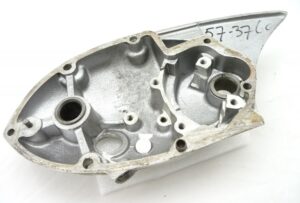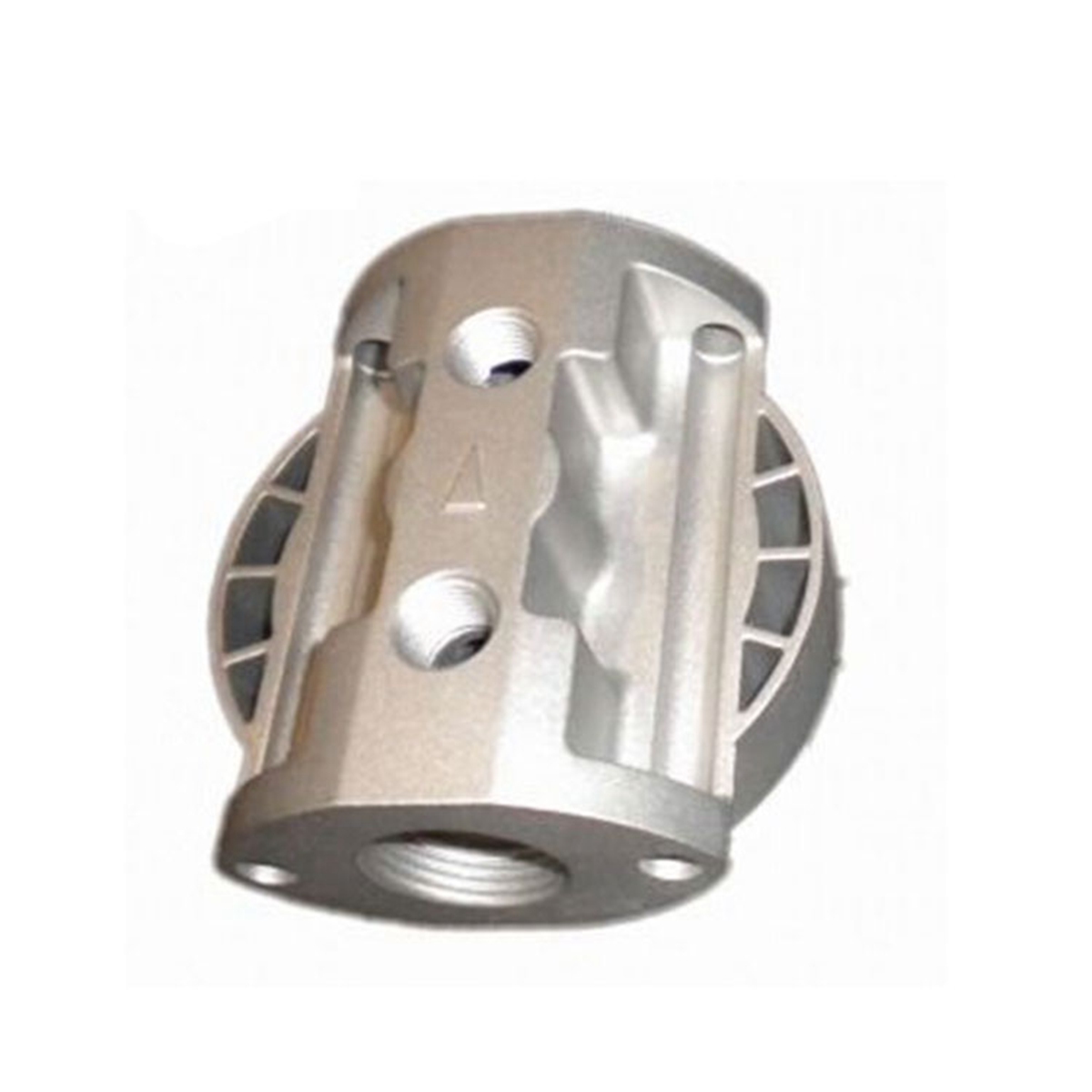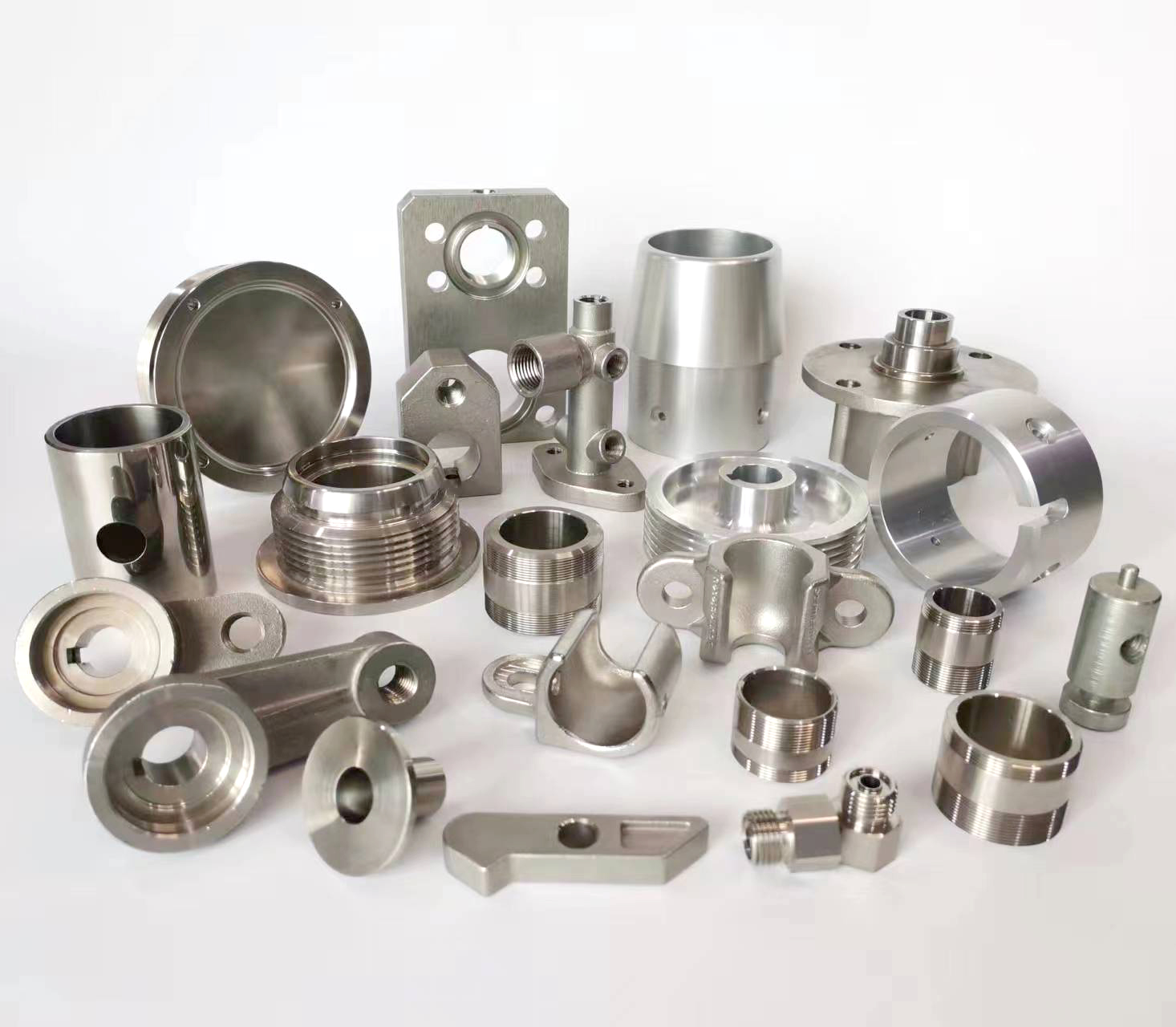
Aluminum alloys are incredibly versatile due to their unique combination of properties, leading to widespread use across numerous industries. Here’s a breakdown of their key applications:
- Transportation (Largest Sector):
Aerospace: Primary structural material for aircraft (fuselage, wings), spacecraft, and satellites due to its high strength-to-weight ratio, fatigue resistance, and good machinability. (Alloys: 2024, 7075, 6061).
Automotive: Engine blocks, cylinder heads, wheels, body panels (hoods, doors), frames (increasingly in EVs), heat exchangers (radiators), suspension components. Key drivers: weight reduction (improves fuel efficiency/range), crashworthiness, recyclability. (Alloys: 6061, 5754, 6082, 5052, A356).
Marine: Hulls, superstructures, masts, fittings, railings. Valued for corrosion resistance in saltwater environments and lightweight. (Alloys: 5083, 5086, 6061, 6063).
Rail: High-speed train bodies, freight cars, structural components, interiors. Benefits: Lightweight (energy efficiency), strength, durability.
Bicycles: Frames, handlebars, rims, components. Offers stiffness, lightness, and affordability.
- Construction & Architecture:
Building Facades & Curtain Walls: Panels, cladding, framing. Corrosion resistance, aesthetic finishes (anodized, painted), formability, and low maintenance.
Windows, Doors & Framing: Extruded sections for window/door frames, sliding systems, conservatories. Light, strong, corrosion-resistant, thermally efficient (with thermal breaks).
Roofing & Siding: Long-lasting, lightweight, recyclable.
Structural Components: Bridges, roofs, towers, scaffolding. Used where weight savings or corrosion resistance is critical. (Alloys: 6061, 6063, 6082).
- Packaging:
Beverage Cans (Body & Tabs): Dominant material. Impermeable (protects taste/quality), lightweight, highly recyclable, cools quickly.
Food Containers & Trays: Foil trays, semi-rigid containers (e.g., pie plates, pet food). Excellent barrier properties, formability, heat conductivity (for cooking/freezing).
Foil: Flexible packaging (wraps, pouches), household foil, pharmaceutical blister packs. Barrier properties, formability, heat resistance.
Closures: Bottle caps, lids.
- Electrical Engineering:
Overhead Power Lines: Replacing copper for long-distance transmission. Good conductivity, lightweight (less sag), lower cost.
Busbars: Conductors in switchgear and distribution boards. Good conductivity, formability.
Motor & Transformer Windings: Used in some applications.
Heat Sinks: Electronic components (CPUs, LEDs). Excellent thermal conductivity and lightweight.
- Consumer Goods & Machinery:
Appliances: Refrigerator panels, washing machine drums, cookware, heat exchangers (AC units). Corrosion resistance, thermal properties, aesthetics.
Electronics: Laptop/phone casings, internal frames. Lightweight, heat dissipation, EMI shielding, aesthetic finishes.
Furniture: Indoor/outdoor frames, tables, chairs. Light, strong, corrosion-resistant (outdoor), modern look.
Sporting Goods: Baseball bats, golf clubs, tennis rackets, camping gear. Strength-to-weight ratio.
Machinery & Equipment: Piping, tanks (chemical/food processing), ladders, robotic arms, frames. Corrosion resistance, weldability, strength.
- Industrial Applications:
Heat Exchangers: Radiators, AC condensers/evaporators, industrial coolers. Excellent thermal conductivity combined with corrosion resistance and formability.
Pressure Vessels: Tanks for storage/transport (chemicals, gases, cryogenics). Requires high-strength weldable alloys (e.g., 5083).
Tooling & Jigs: Molds (especially for composites), fixtures. Machinable, stable, non-magnetic.
Why Aluminum Alloys Dominate These Applications:
High Strength-to-Weight Ratio: Strong yet lightweight (≈1/3 density of steel).
Excellent Corrosion Resistance: Forms a protective oxide layer.
Good Conductivity: Both electrical and thermal.
Formability: Easily extruded, rolled, forged, cast, drawn, and machined.
Reflectivity: High reflectivity for both heat and light.
Non-Toxic & Non-Magnetic: Crucial for food packaging and specific electrical applications.
Recyclability: Highly recyclable (>90% energy savings vs. primary production) without quality loss.
The specific alloy chosen depends on the required properties (strength, ductility, weldability, corrosion resistance, machinability, cost) for each application. This versatility ensures aluminum alloys remain fundamental materials in modern technology and everyday life.





